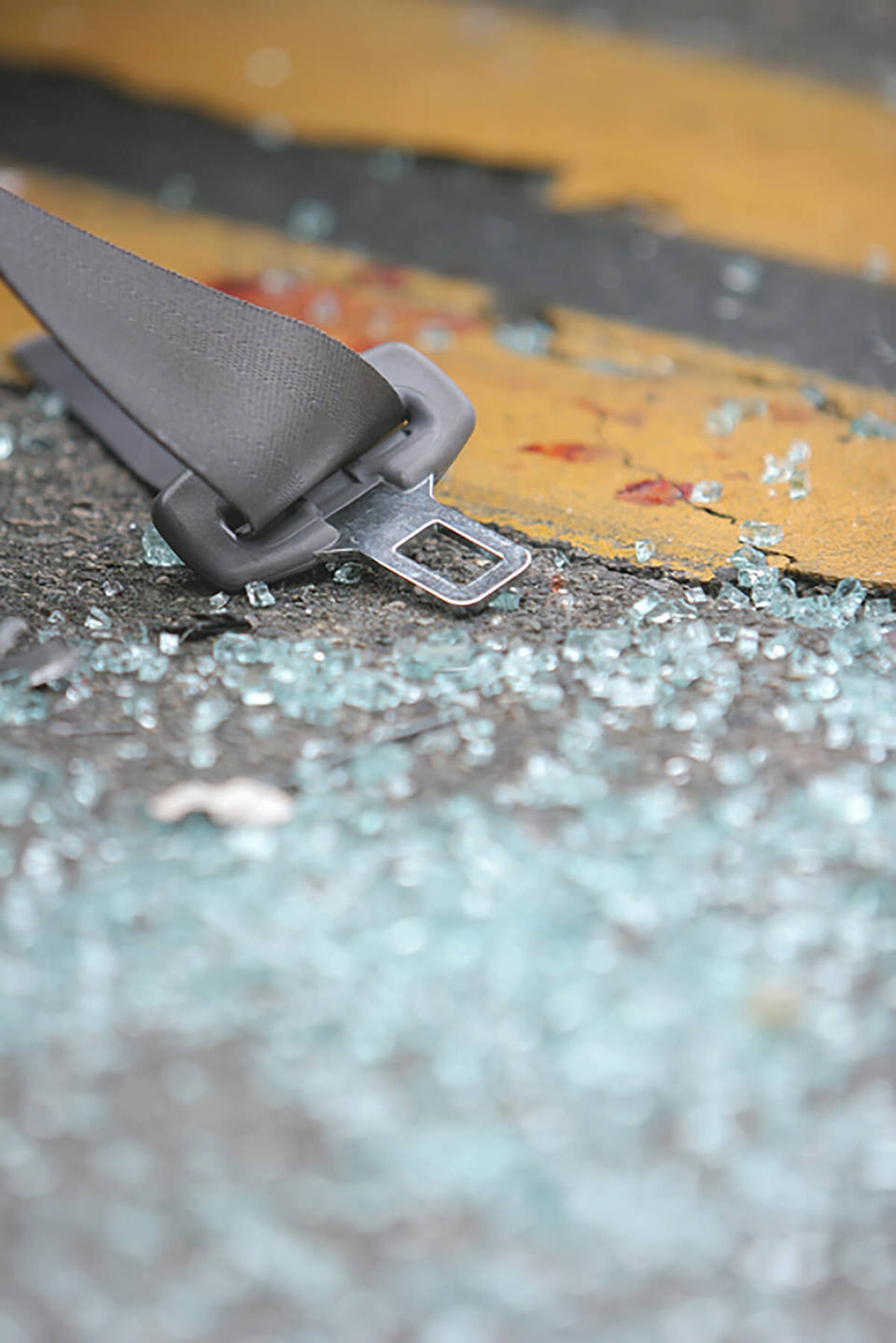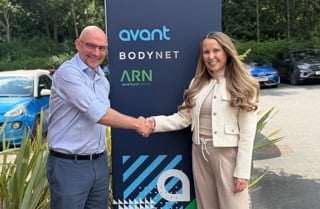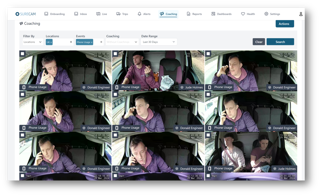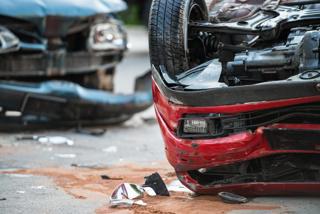Traditionally there has been a view that 95% of accidents are caused by human error.
At lots of fleet safety workshops we have hosted recently participants have debated whether drivers or managers are the main human cause of vehicle damage and road collisions.
Ask yourself the following questions:
- Who (manager or driver) recruits the driver /writes their job specifications?
- Who implements the change management processes?
- Who sets the schedule and calls the driver to berate them if they are not on time?
- Who tells the driver what to do?
- Who gives last instructions to drivers when they go off-site?
- Who sets the sets the safety budget and driver/manager's bonus scheme?
- Who is responsible for assessing/training the driver?
- Who sets and supervises the policies for such matters as: vehicle reversing; cash for car arrangements; use of agency drivers; vehicle use by family member; mobile phones?
- Who sets the policy for health, eyesight and drugs/alcohol?
- Who collects and analyses the crash, camera and telematics data?
- Who undertakes risk assessments at frequently visited sites?
- Who negotiates with suppliers and customers to improve sites?
- Who manages the safety and risk management work group?
- Who defines the specifications for vehicle selection and on-board equipment fit out?
- Who audits aftermarket or in-use installation of equipment during period of vehicle fleet operation?
- Who is responsible for identifying best practice, monitoring current research and legislation, etc.?
- Who establishes and reports on benchmarks for ‘at work’ driver safety performance?
- Who is responsible for incorporation of ‘at work’ driver safety into corporate governance?
- Who distracts the driver the most?
- Who should lead by example to ensure that drivers behave as expected?
Clearly these questions are slightly biased towards management, but they do show why management leadership is important.
In the best organisations we work with this has come in the form of a committee or group with the following terms of reference:
- Develop, propose and make the business case for Fleet Safety policies to the strategic leadership team.
- Review fleet safety policy, performance, statistics and incidents to identify effective programmes to reduce collisions.
- Undertake, review and implement recommendations from the Fleet Safety Audit, Gap Analysis and Driver Risk Assessment programs.
- Provide a forum for learning and sharing of safety and environmental information, initiatives, problems and issues.
- Recommend and implement effective cultural, management, driver, vehicle journey and community policies, procedures, programmes, publicity, communication and interventions to raise the profile of Fleet Safety and improve our performance.
- Represent all stakeholders, including labour union and front line worker representatives in developing policies, processes and procedures.
- Be ambassadors for fleet safety, lead by example and ‘pass the fleet safety message’
- Continually review and improve fleet safety policies, procedures, processes and performance.
- Build fleet safety into the DNA of the organisation, its people, policies, procedures and day to day processes – as well as those of its contractors and sub-contractors.



















Login to comment
Comments
No comments have been made yet.